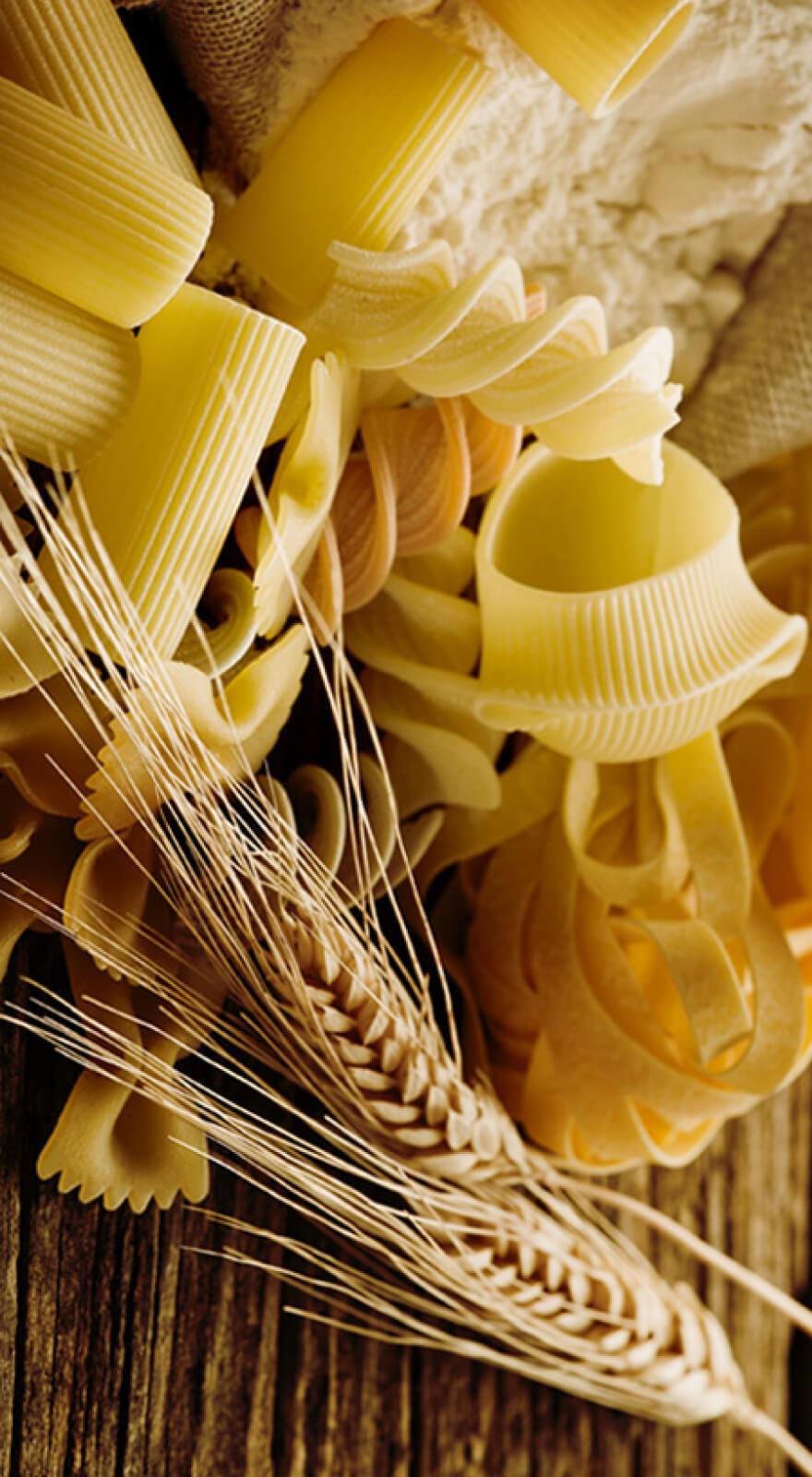Knowde Enhanced TDS
Identification & Functionality
- Agrochemical Functions
- Technologies
Features & Benefits
- Labeling Claims
- Product Highlights
The microbial consortium, composed mainly by microorganisms of the Trichoderma, Pseudomonas, Bacillus and Aspergillus genus in the form of spores and viable cells, produces metabolites (including vitamins) and enzymes which are useful for the health and nutrition of the plants. It acts as fertility bioactivator and creates a collateral antagonistic reaction. Trichoderma, the “king” among the fungi which are useful to plants, exerts its action in different ways: in the parasitism, antagonism, the production of secondary metabolites, competition for space and nutrients, phytostimulation, biodegradation and mobilization of phosphates. Pseudomonas, a rhizosphere bacterium, which produces natural substances with antibacterial, antifungal and growth-promoting (PGPR) activity, fulfills the action of the microbial consortium, also producing siderophores and auxins. Amyloliquefaciens and Bacillus Megaterium, bacteria which are already in the soil, make phosphorus available after mobilizing it and produce protective stimulating substances (siderophores). Aspergillus Niger produces metabolites with lipolytic, antifungal and enzymatic (PGPR) activity. MICROLIFE minipellets ensure optimal spreading, enabling the best conditions for the development of the microflora and the consequent beneficial colonization of the soil, in particular of the rhizosphere.
Shape
- minipellets
Net weight 500 kg
Applications & Uses
- Markets
- Application Technique
- Doses by Crop
CROP DOSE USE GRAPEVINES 1300- 2300 kg/ha Grapevine and table grapes: Before planting, placed underground during plowing. TABLE GRAPES 800- 1300 kg/ha During the crop cycle in autumn, placed underground during harrowing / weeding. OLIVE 1300- 2300 kg/ha Olive tree: Before planting, placed underground during the plowing. 800- 1300 kg/ha During the crop cycle in autumn, placed underground during the harrowing / weeding. CITRUS 1300- 2300 kg/ha Citrus fruits: Before planting, placed underground during the plowing. 800- 1300 kg/ha During the crop cycle in autumn, placed underground during the harrowing / weeding NUT & HAZEL TREES 1300- 2300 kg/ha Nut and hazel trees: Before planting, placed underground during the plowing. 800- 1300 kg/ha During the crop cycle in autumn, placed underground during the harrowing / weeding. VEGETABLES 800- 1300 kg/ha Vegetables: In the pre-sowing or pretransplanting stage, placed underground during the harrowing / weeding. CORN 800- 1300 kg/ha Corn: In autumn or by the end of the winter, placed underground during the harrowing / weeding. BEET 800- 1300 kg/h eet: Before winter, placed underground during the harrowing / weeding. Reference guidelines for individual crops are purely illustrative and are changeable, in relation to the needs, the fertility levels and the provisions of various regulations. Do not dispose packaging in the environment. Avoid contact with eyes and skin.
Properties
- Formulation Type
- Physical Form
Technical Details & Test Data
- Organo Mineral Fertilizers
COMPOSITION pH 7/8 Organic Matter 32% Organic C 16% Total Nitrogen 1% Moisture 14% Dry matter content 86% C/N 16 FOR CERTIFIED ORGANIC FARMING
Raw materials
- Cattle and horse manure not from factory farming.
Packaging & Availability
- Packaging Type
- Packaging
- 25-500 kg

